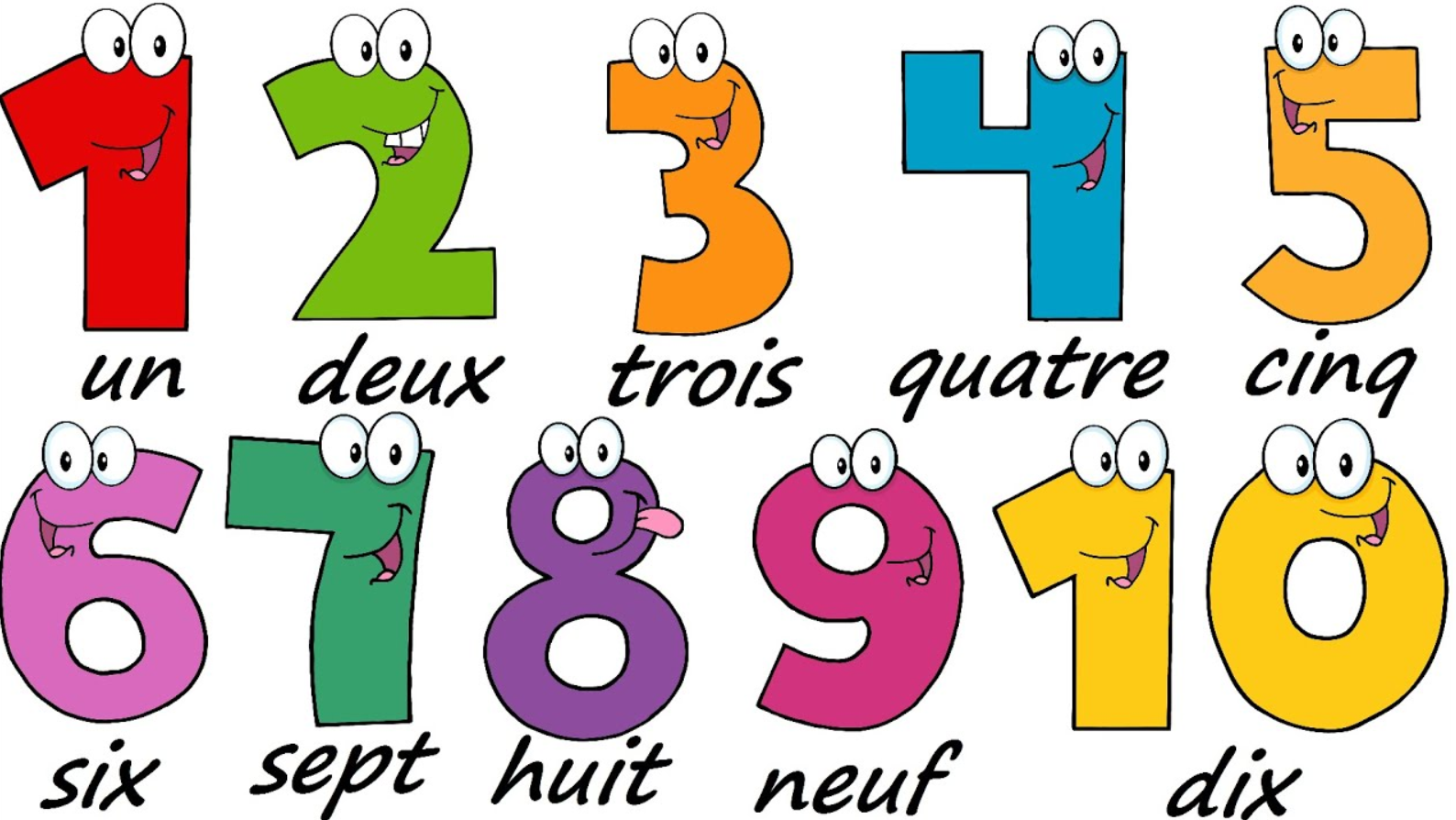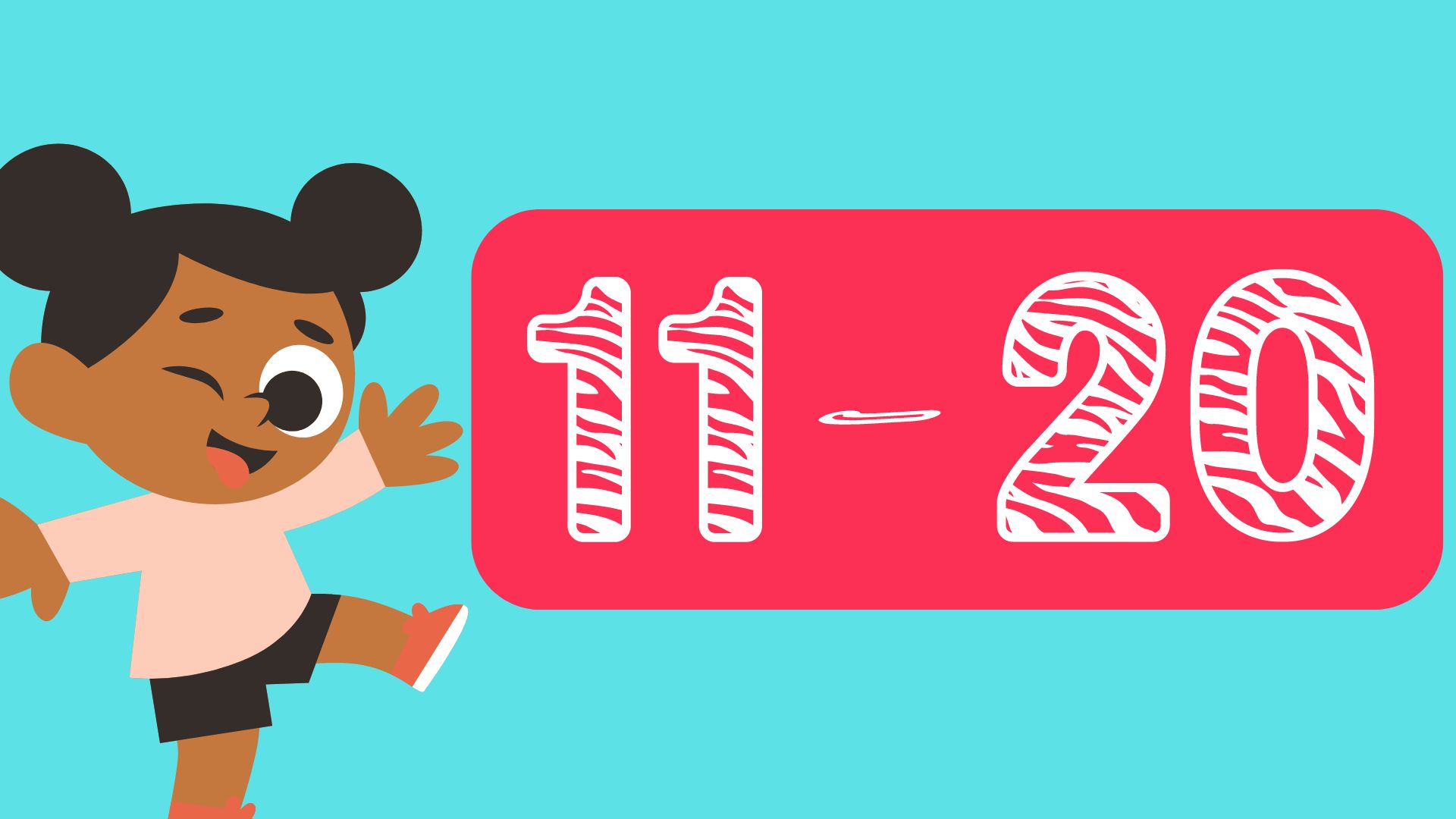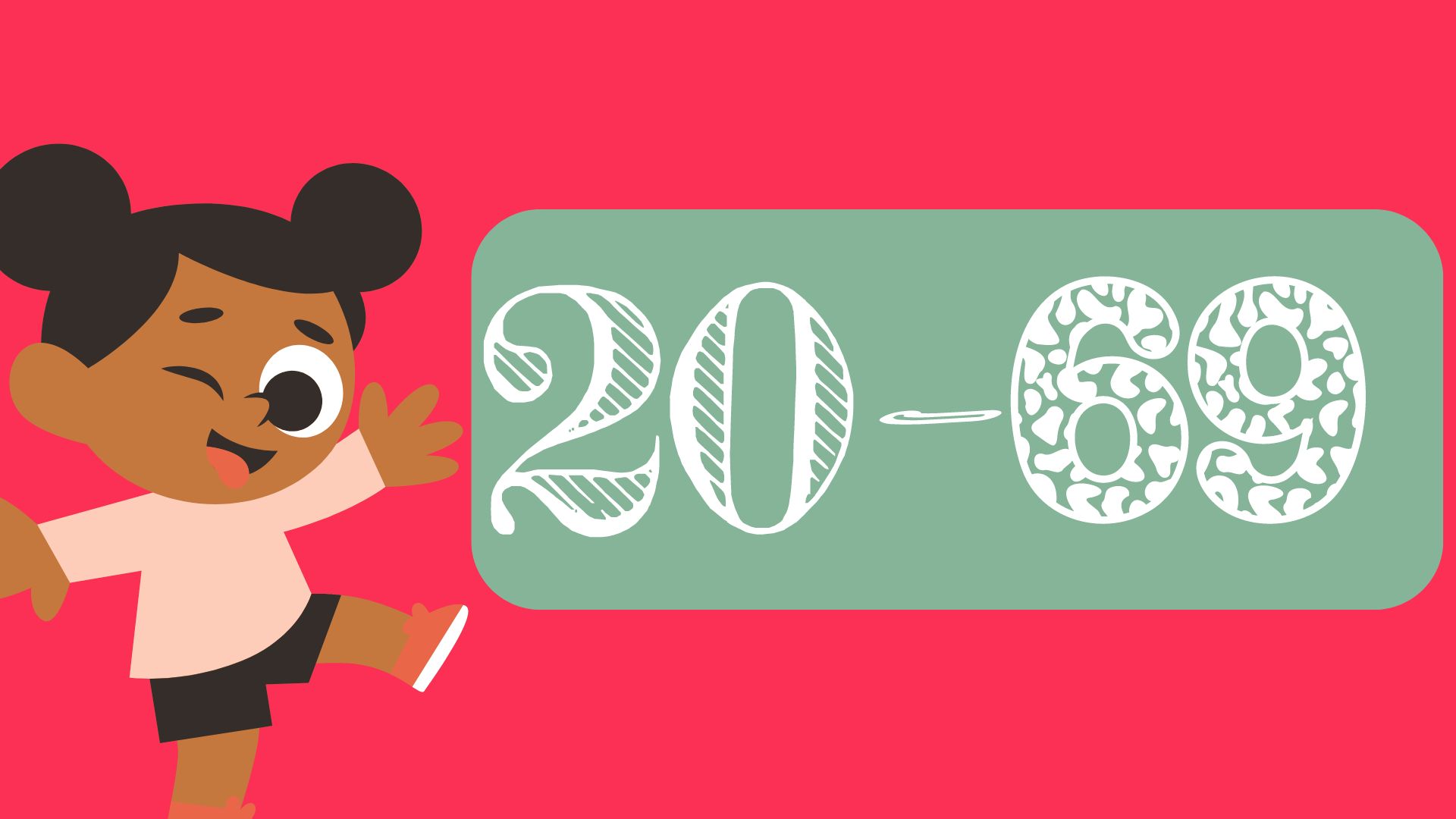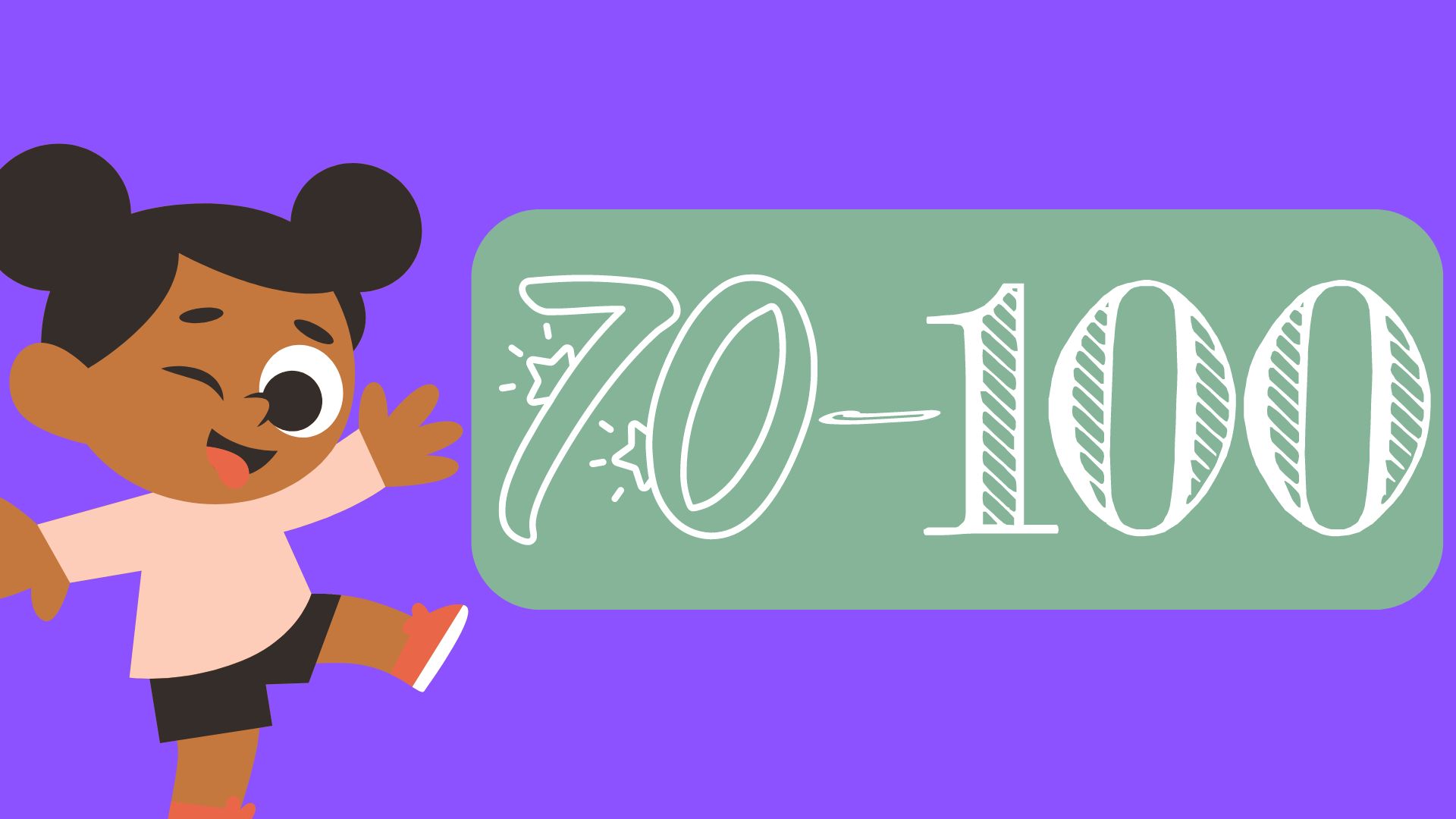Learning French numbers from 1 to 100 is crucial if you’re trying to get a grip on the language. It’s not just about counting; it’s about connecting with French culture too. Once you get the hang of the patterns in these numbers, it all becomes a lot easier. This guide will help you get both the counting and spelling down, which is super useful for everyday situations and meeting new people. So, think about this: How can knowing these numbers will make you better at speaking French and fitting in culturally?
French Numbers 1-100: Counting and Spelling
Numbers 1-10

Learning the numbers 1 to 10 is key when starting French. Each number sounds quite different from English, so getting them right is important. You’ll use these numbers all the time — when shopping, eating out, or getting around. Plus, they help you learn bigger numbers. It’s like a foundation for getting better at French numbers.
| Numerical | French | English |
| 1 | Un | One |
| 2 | Deux | Two |
| 3 | Trois | Three |
| 4 | Quatre | Four |
| 5 | Cinq | Five |
| 6 | Six | Six |
| 7 | Sept | Seven |
| 8 | Huit | Eight |
| 9 | Neuf | Nine |
| 10 | Dix | Ten |
Numbers 11-20

After getting the hang of the first ten numbers, we move on to numbers 11 to 20 in French. This is where things start to get a bit interesting. We have ‘onze’ for 11, ‘douze’ for 12, ‘treize’ for 13, ‘quatorze’ for 14, ‘quinze’ for 15, and ‘seize’ for 16. Then it changes up a bit with ‘dix-sept’ for 17, ‘dix-huit’ for 18, ‘dix-neuf’ for 19, and finally ‘vingt’ for 20.
These numbers are crucial because they help us grasp how to form larger numbers. By focusing on these, you’ll find it easier to handle the more complex number patterns that pop up in daily French conversations.
| Numerical | French | English |
| 11 | Onze | Eleven |
| 12 | Douze | Twelve |
| 13 | Treize | Thirteen |
| 14 | Quatorze | Fourteen |
| 15 | Quinze | Fifteen |
| 16 | Seize | Sixteen |
| 17 | Dix-sept | Seventeen |
| 18 | Dix-huit | Eighteen |
| 19 | Dix-neuf | Nineteen |
| 20 | Vingt | Twenty |
Numbers 20-69

Diving into French numbers from 20 to 69 shows a clear pattern that makes them easier to learn and use. Let’s start with 20, which is ‘vingt’ in French. The pattern here is straightforward: 21 is ‘vingt-et-un’, 22 is ‘vingt-deux’, and it goes on like this up to 29.
Each group of ten numbers after that follows this same layout. For 30, it’s ‘trente’; for 40, ‘quarante’; for 50, ‘cinquante’; and for 60, ‘soixante’. And for the numbers in between, like 31 to 39, 41 to 49, 51 to 59, and 61 to 69, the format is pretty similar. You just say the decade, then ‘et’ (which means ‘and’), and then the single number. For example, ‘trente-et-un’ for 31, ‘quarante-deux’ for 42.
This repeating pattern really helps you pick up the numbers quickly and remember them more easily. So, it’s not just a bunch of random words; there’s a clear logic to it that guides you as you learn.
| Numerical | French | English |
| 20 | Vingt | Twenty |
| 21 | Vingt-et-un | Twenty-one |
| 22 | Vingt-deux | Twenty-two |
| 23 | Vingt-trois | Twenty-three |
| 24 | Vingt-quatre | Twenty-four |
| 25 | Vingt-cinq | Twenty-five |
| 26 | Vingt-six | Twenty-six |
| 27 | Vingt-sept | Twenty-seven |
| 28 | Vingt-huit | Twenty-eight |
| 29 | Vingt-neuf | Twenty-nine |
| 30 | Trente | Thirty |
| 31 | Trente-et-un | Thirty-one |
| 32 | Trente-deux | Thirty-two |
| 33 | Trente-trois | Thirty-three |
| 34 | Trente-quatre | Thirty-four |
| 35 | Trente-cinq | Thirty-five |
| 36 | Trente-six | Thirty-six |
| 37 | Trente-sept | Thirty-seven |
| 38 | Trente-huit | Thirty-eight |
| 39 | Trente-neuf | Thirty-nine |
| 40 | Quarante | Forty |
| 41 | Quarante-et-un | Forty-one |
| 42 | Quarante-deux | Forty-two |
| 43 | Quarante-trois | Forty-three |
| 44 | Quarante-quatre | Forty-four |
| 45 | Quarante-cinq | Forty-five |
| 46 | Quarante-six | Forty-six |
| 47 | Quarante-sept | Forty-seven |
| 48 | Quarante-huit | Forty-eight |
| 49 | Quarante-neuf | Forty-nine |
| 50 | Cinquante | Fifty |
| 51 | Cinquante-et-un | Fifty-one |
| 52 | Cinquante-deux | Fifty-two |
| 53 | Cinquante-trois | Fifty-three |
| 54 | Cinquante-quatre | Fifty-four |
| 55 | Cinquante-cinq | Fifty-five |
| 56 | Cinquante-six | Fifty-six |
| 57 | Cinquante-sept | Fifty-seven |
| 58 | Cinquante-huit | Fifty-eight |
| 59 | Cinquante-neuf | Fifty-nine |
| 60 | Soixante | Sixty |
| 61 | Soixante-et-un | Sixty-one |
| 62 | Soixante-deux | Sixty-two |
| 63 | Soixante-trois | Sixty-three |
| 64 | Soixante-quatre | Sixty-four |
| 65 | Soixante-cinq | Sixty-five |
| 66 | Soixante-six | Sixty-six |
| 67 | Soixante-sept | Sixty-seven |
| 68 | Soixante-huit | Sixty-eight |
| 69 | Soixante-neuf | Sixty-nine |
Also Read: 75 Magical Shades Of Color In French
Numbers 70-100

When we look at French numbers from 70 to 100, things change quite a bit from what we’re used to. For instance, 70 is said as ‘soixante-dix,’ which means ‘sixty-ten.’ For numbers 71 to 79, you just keep adding the next number to ‘soixante-dix.’ This pattern sticks until you hit 90, which in French is ‘quatre-vingt-dix’ or ‘four-twenty-ten.’ For numbers 91 to 99, it’s more of the same—just keep adding on the next number. For example, 99 is ‘quatre-vingt-dix-neuf,’ or ‘four-twenty-nineteen.’
| Numerical | French | English |
| 70 | Soixante-dix | Seventy |
| 71 | Soixante-et-onze | Seventy-one |
| 72 | Soixante-douze | Seventy-two |
| 73 | Soixante-treize | Seventy-three |
| 74 | Soixante-quatorze | Seventy-four |
| 75 | Soixante-quinze | Seventy-five |
| 76 | Soixante-seize | Seventy-six |
| 77 | Soixante-dix-sept | Seventy-seven |
| 78 | Soixante-dix-huit | Seventy-eight |
| 79 | Soixante-dix-neuf | Seventy-nine |
| 80 | Quatre-vingts | Eighty |
| 81 | Quatre-vingt-un | Eighty-one |
| 82 | Quatre-vingt-deux | Eighty-two |
| 83 | Quatre-vingt-trois | Eighty-three |
| 84 | Quatre-vingt-quatre | Eighty-four |
| 85 | Quatre-vingt-cinq | Eighty-five |
| 86 | Quatre-vingt-six | Eighty-six |
| 87 | Quatre-vingt-sept | Eighty-seven |
| 88 | Quatre-vingt-huit | Eighty-eight |
| 89 | Quatre-vingt-neuf | Eighty-nine |
| 90 | Quatre-vingt-dix | Ninety |
| 91 | Quatre-vingt-onze | Ninety-one |
| 92 | Quatre-vingt-douze | Ninety-two |
| 93 | Quatre-vingt-treize | Ninety-three |
| 94 | Quatre-vingt-quatorze | Ninety-four |
| 95 | Quatre-vingt-quinze | Ninety-five |
| 96 | Quatre-vingt-seize | Ninety-six |
| 97 | Quatre-vingt-dix-sept | Ninety-seven |
| 98 | Quatre-vingt-dix-huit | Ninety-eight |
| 99 | Quatre-vingt-dix-neuf | Ninety-nine |
| 100 | Cent | One hundred |
Exploring Numbers Beyond 100 in French
Diving into French numbers over 100 can be tricky but it’s key for getting really good. Let’s break it down: ‘cent’ means 100. When you move to 101, you say ‘cent un.’ For 200, you say ‘deux cents’ – notice the ‘s’ at the end making it plural. But it’s not always this straightforward.
Take 1000, which is ‘mille’ in French. Unlike ‘cent,’ ‘mille’ stays the same whether it’s singular or plural. Getting these patterns down is really important if you want to communicate clearly and understand French well.
| Numerical | French | English |
| 100 | Cent | One hundred |
| 101 | Cent un | One hundred and one |
| 200 | Deux cents | Two hundred |
| 201 | Deux cent un | Two hundred and one |
| 300 | Trois cents | Three hundred |
| 400 | Quatre cents | Four hundred |
| 500 | Cinq cents | Five hundred |
| 1,000 | Mille | One thousand |
| 1,001 | Mille un | One thousand and one |
| 2,000 | Deux mille | Two thousand |
| 10,000 | Dix mille | Ten thousand |
| 100,000 | Cent mille | One hundred thousand |
| 1,000,000 | Un million | One million |
| 1,000,000,000 | Un milliard | One billion |
Also Read: Fruits In French: Explore 50+ Fruit Names
Conclusion
In short, knowing how to count and spell numbers from 1 to 100 in French is crucial if you want to get by in French-speaking places. It helps with everyday things like shopping and also lets you connect more with French culture. Keep practicing and listening to how native speakers say these numbers. It’s a key step to getting better at French. In the end, knowing your numbers well is a big step towards being fluent in French, and it opens up new ways to connect and enjoy the culture.
Keep Visiting Translation Blog for more informative content to learn French language easily!

